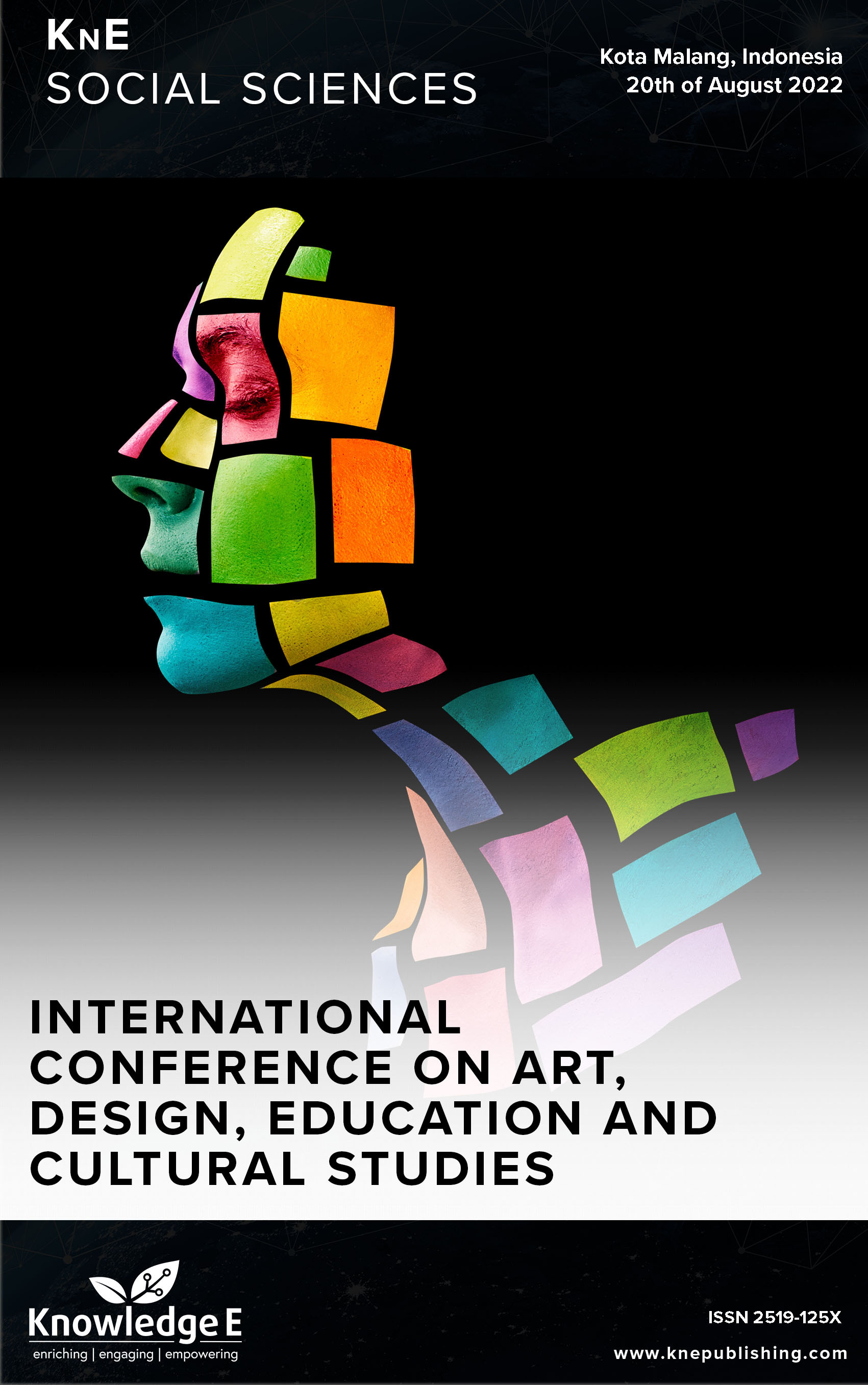Envisioning the Future, Revisioning the Past: Wayang and Topeng as (Re)Sources
DOI:
https://doi.org/10.18502/kss.v8i15.13901Abstract
Indonesia has a rich array of Intangible Cultural Heritage (ICH) forms on which artists can draw to create new forms and variations. Among these, two of them are the sibling arts of wayang puppetry and topeng mask dance which show significant overlap in character typology, repertoire and other features. Outsiders often focus on narrative content and surmise these forms – first documented in the Hindu-Buddhist period (around the ninth century), are merely Indian materials in the Indonesian dress. However, anyone who has studied the wayang/topeng complex, knows that Indian practices, especially as we see them today, only partly inform these arts. Understanding the macrocosm via the microcosm of art is a core point of wayang/topeng. The numerology of Muslim esoteric ideas is also deeply embedded. Indigenous ideas of personhood and intergenerational links are inherent. The wayang/topeng tradition compresses cosmic conceptions into performance’s limited space-time continuum. Masking/puppetry has many layers from indigenous to internationally linked concepts, and the art has been elaborated on by thinkers of the Indonesian cultural heritage for at least a 1000 years. How and why should new generations of artist-makers keep these concepts alive as they experiment with new media and respond to changing times? What elements of design, what histories, and what ideas inform these arts and artifacts? What can be gained by using cultural heritage through the arts to envision and respond to the future?
Keywords: wayang, performance, design
References
[2] Emery E. Research Papers on Dario Fo and Franca Rame: Proceedings of the International Conference on the Theatre of Dario Fo and Franca Rame, University of Cambridge. Red Notes, 2002. 2000 Apr 28-30. .
[3] Lecoq J. Theatre of movement and gesture. Routledge; 200https://doi.org/10.4324/9780203007464
[4] Foley K. Arifin and Putu: Teater modern acting in new order Indonesia. Theatre dance perform. Train. 2016;7(3):472–84.
[5] Foley K. The dancer and the danced: trance dance and theatrical performance in West Java. Asian Theatre Journal. 1985;2(1):28–49.
[6] Walter B, Zohn H. “Theses on the Concept of History”. 1969.
[7] Sunarya A, Harja GG, Foley K. The origin of Kala: A Sundanese Wayang Golek Purwa play by Abah Sunarya and Gamelan Giri Harja I. Asian Theatre Journal. 2001;18(1):1– 58.
[8] Foley K. Searching for Wayang Golek: Islamic rod puppets and Chinese woodwork in Java. International Journal of Wood Culture. 2021;1(1–3):147–68.

